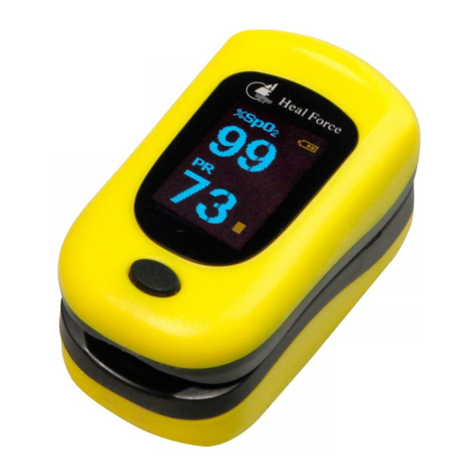
Considerations for Use
Operation Safety
●The power supply for this instrument must be earthed reliably. A three-pole
plug is provided for this instrument, with the additional pole connected to
earthing wire, which shall be used with an earthed power socket. Before
connecting power supply, ensure it meets the voltage requirement for this
instrument, and make sure rated load of the power socket is not lower than
the load requirement for this instrument.
●In case of any damage to the power cable, replace it with a new one of the
same model and specification. No object shall be placed onto the power
cable. The cable shall not be located at area subject to busy traffic of persons.
Connect/disconnect the power cable by holding the plug rather than any
portion of the cable itself.
●As high heat will be generated during operation of the instrument, do not
touch any metal module of the instrument with any part of body to prevent
burn.
●No object shall be located within an area of 30cm around the instrument to
ensure good heat dissipation during operation.
Maintenance Safety
●Modules of this instrument shall be maintained to ensure precision of testis
is recommended to clean the instrument with clean soft cloth soaked with
absolute alcohol. Do not use any corrosive detergent or make any detergent
Instructions on Safety and Use





































